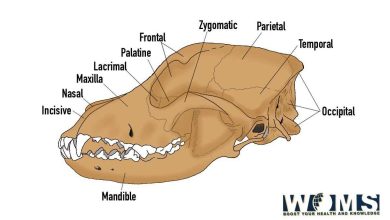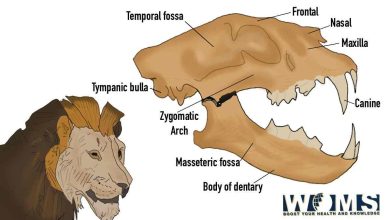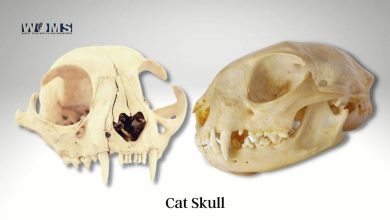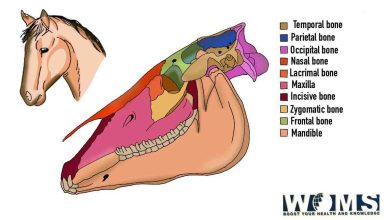Buffalo skull Images, Anatomy and Cultural Significance
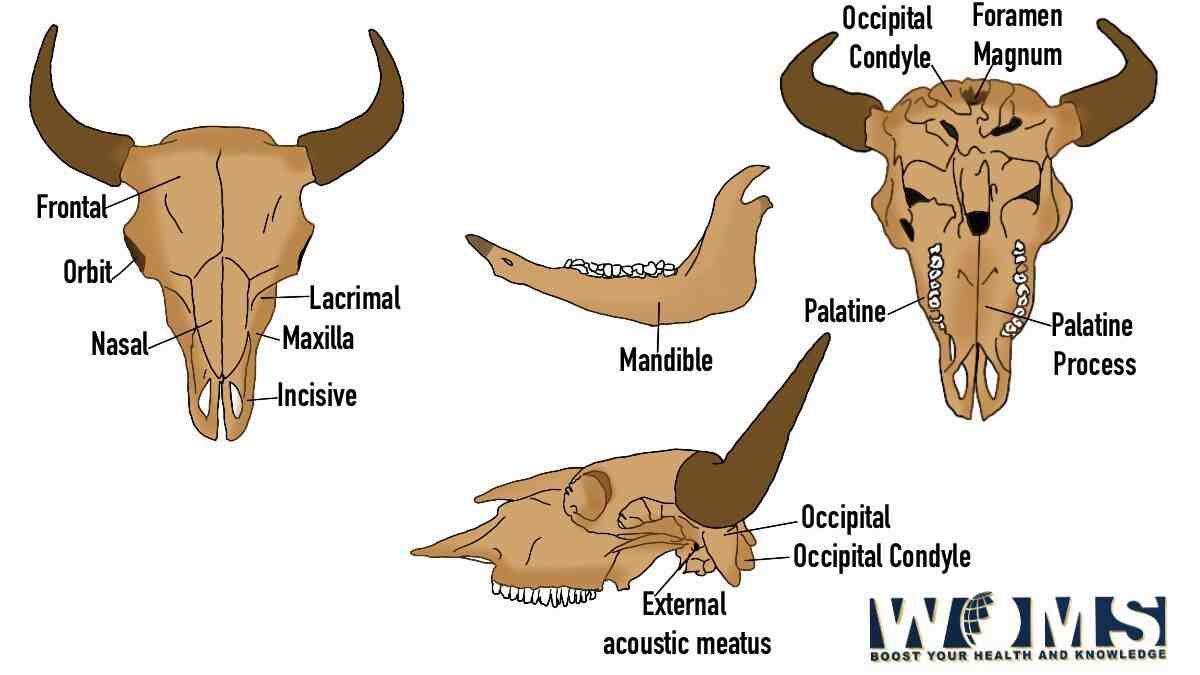
The characteristics exhibited by these incredible beasts are physically represented by the buffalo skull. The buffalo is revered by the Plains Indigenous group for a variety of factors. When a buffalo is slain, there is just too much meat left over and the hunter is forced to share it with everyone in his vicinity. The buffalo confers kindness and wealth within that approach. Several families can be fed by one buffalo. The whole tribe reaps the rewards when a hunter kills a buffalo.
Buffalo’s description
The buffalo is classified as Lowest Category because it is still widely distributed, with an estimated 900,000 animals worldwide, over three-quarters of that reside within conservation regions. If big, productive animals maintain their status in a significant range of national parks, comparable reserves, and hunting zones in southern and eastern Africa, certain communities (subspecies) would persist to decline whereas others would remain stable over time.
A herd of buffalo would typically act passively and similarly to cows, stampeding as soon as one runs into the group. The older, lone bulls, known as “dagga lads,” are the most deadly. They consider that the most effective defense is striking because they lack the herd’s defenses. They have a reputation for overreacting, and they will attack at the smallest annoyance.
It is challenging to interpret their body language. Before charging, they seldom ever display signs of hostility or agitation and hardly ever give a warning. Once they have made up their minds, they would act to harm or kill anyone or whatsoever has displeased them. With only a movement of their powerful neck and head, they can swiftly throw a person flying, and their sharp, curving horns can be utilized as a battering ram.
The African buffalo and the Asian water buffalo are considered to be “genuine” buffaloes, and the term “buffalo” is occasionally seen to be a misnomer for this animal. The word “buffalo” was first used by French fur trappers, who named these enormous animals “boeufs,” which is French for “ox” or “bullock.” Bison is a Greek word that refers to an animal that resembles an ox. Many dictionaries include “buffalo” as a suitable name for American buffalo or bison. The first time the name “buffalo” was used to refer to an American mammal was in 1625 in North America.
Overview of the skull.
The bony component of the head which maintains the face and shields the brain is called the cranium, or skull. It is split into the cranial vault, often known as the braincase, and the facial bones. The facial bones maintain the upper and lower jaw teeth, establish the nasal cavity, encapsulate the eyeballs, and maintain the face tissues. The middle and inner ear structures are housed inside the rounded brain case, which also encloses and safeguards the brain.
The emergence of the buffalo skull
The four sets of bones that make up the buffalo skull—the chondrocranium, desmocranium, membrane viscerocranium, and cartilaginous viscerocranium—were identified according to how they developed. At 26 days, the creation of the skull was in the mesenchymal stage. All of the facial bones were entrenched from single sources, except for the basioccipital bone, which was entrenched from numerous centers.
At 45 days, the mandible, maxilla, and malar began to ossify first. Dorsal kturbinate was the final bone in the skull to ossify. Up until 18 months after birth, the cranial element of the skull was larger than the face aspect. At 92 days, the maxillary sinus initially developed. There were five fontanelles found. From 40 days on, a sensory nodule was seen at the cranial portion of the mandibular region. The vomer completely detached two posterior nares while remaining in connection with the nasal cavity’s floor.
The White Buffalo Calf Woman, who gave the Plains Indians the first holy pipe and instructed people on the religious rites which would allow people to exist, is frequently represented by an unpainted Buffalo skull, which is significant in spiritual celebrations. The skulls have undergone professional cleaning and a simple white-wash finish.
What Do Tattoos of Buffalo Skulls Mean?
Texas and the Western US are big fans of the buffalo skull tattoo. Native Americans and people in Mexico have a long heritage of using buffalo skull imagery in their artwork. The significance of this photograph can be attributed to several different factors. According to some Native American cultures, the buffalo skull represents a lifetime defense against all forms of nature. The picture continues to stand in for the qualities of the Buffalo, including bravery, tenacity, and agility. Meanwhile, Lion Skulls also play significance in their culture.
Since the buffalo skull has so much white and shading, it might be challenging to tattoo. The final result needs to have crisp edges and a reliable appearance. Flags may be hung over the horns of buffalo skull tattoo designs since they stand for bravery and power. If individuals have a prominent country symbol that is well-known, this would make a beautiful tattoo. You might wish to use flames and barbed wire to show toughness and defense.
Uses for a buffalo’s skull
Buffalo skulls are ideal for displaying across doors or mantles of fireplaces. They can be utilized to enhance someone’s surroundings or adorned in a range of methods. Since artificial sealants might change the appearance and structure of the bone, none have been used. Each skull has a wire loop connected to the back so it is prepared for hanging whenever individuals acquire it and typically holds up quite well in a variety of environments and circumstances (even outdoors!). Buffalo skulls measure around 8 to 9 inches deep, 10 1/2 inches wide at the eye sockets, and 19 to 21 inches in length from either the top of the forehead to the bottom of the jaw.
Regardless of how curly the horns are, the spread between the tips of the horns is 20–26 inches. One’s paintings as well as art and craft creations will gain character and originality from the addition of this skull, giving them an organic, earthy appearance and a genuine warmth that artificial copies simply cannot match. These skulls are quite reasonably priced and of collector value. To achieve a good look without weakening the bone, skulls are heated and afterward treated with enzymes or enzyme substrates.
The Lakota way of life included the use of the buffalo’s skull in holy rites as a conduit for prayers to Wakan Tanka, or “The Divine.” Additionally, skulls were exhibited outside of their homes to both safeguard and provide details well about occupants.
The effect is increased as the buffalo skull is transformed into intricate engravings. The chiseled designs in a buffalo skull transform it from its original connotation of negativity, terror, and death into something quite different. Along with buffalo skull, people are also fond of using snake skulls as tattoos.
Conclusion
A buffalo skull decorates one’s environment with sentiments of fortitude, endurance, and resilience. A tough and quick animal, the buffalo is a dangerous foe for any adversary. They are extremely tenacious, and their continued existence speaks to their capacity for adaptation. At its lowest point during colonial times, the buffalo species was reduced to less than 350 animals. Approximately 500,000 of them live in the US today. With such a small genetic material from which to recolonize, this is an astonishing recovery after such a close encounter with extinction.
FAQs
How are buffalo skulls preserved?
Keeping Skulls Safe, Spray on the surface in numerous very light applications, letting each one dry in between. This should be continued there until a desirable result is obtained. Brushing the whole skull with a combination of one-half regular white glue and one-half water is another excellent option for finishing and preserving the skull.
Is a buffalo a bison in America?
Buffalo and bison are different animals even though the phrases are frequently used interchangeably. Water buffalo and Cape buffalo are two of the Old World species that are indigenous to Asia and Africa. Both North America and Europe are home to bison. Although they both belong to the family, bison and buffalo are not intimately associated with one another.
What makes a buffalo a buffalo?
Since buffalo (bison) do not reside in the area, it is unknown where the name Buffalo came from. It could be a mispronunciation of the French word beau fleuve, which refers to the nearby Buffalo Creek. Walk-on-the-Water, the first riverboat on the upper Great Lakes, was constructed in Buffalo in 1818.
What do buffalo have to do with religion?
The Lakota understood on the day that once the appropriate deed is accompanied by the perfect prayer, the individual does not need to find it difficult to stay alive. The American buffalo, also known as the bison, is a representation of abundant supply and expression. A sacred white buffalo’s birth is a sign of optimism and a portent of great things to emerge.
What purpose did buffalo bones serve?
Who wanted these bones from a buffalo? Bones were sold by settlers and Native Americans to bone merchants, who then sold them to sugar refineries and fertilizer factories. But many household objects, like buttons, umbrella handles, corset stays, crochet hooks, and even crockery, were also made from buffalo bones.
